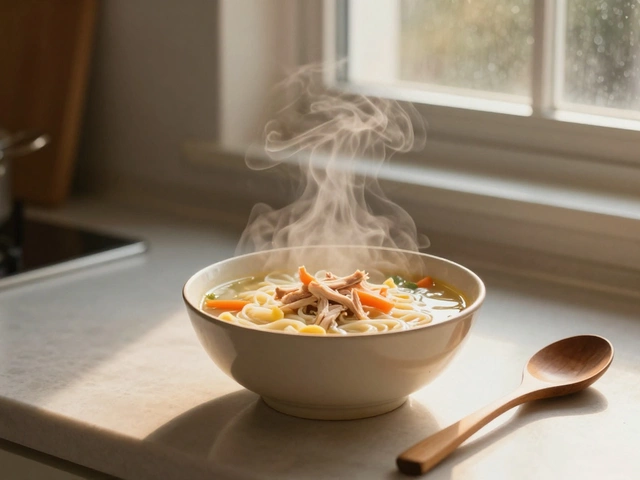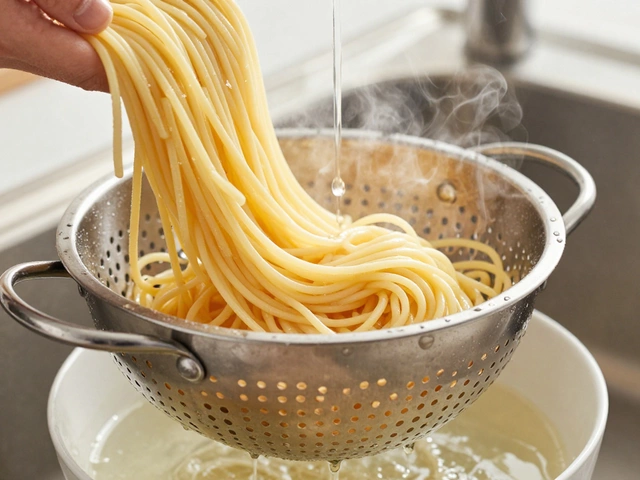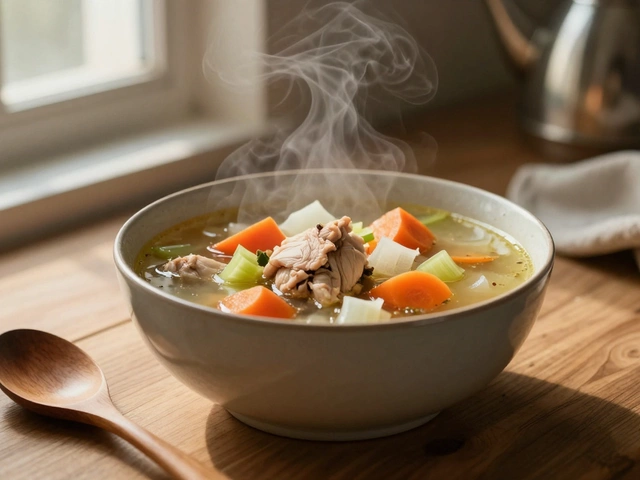Poisonous Food: What to Watch Out For and How to Stay Safe
Ever wondered if that tasty-looking mushroom or exotic fruit could actually hurt you? You’re not alone. Many everyday ingredients hide hidden dangers that can turn a simple meal into a health scare. In this guide we’ll break down the most common poisonous foods, the signs that something’s wrong, and practical steps you can take to keep your family safe.
Common Foods That Can Turn Toxic
Most people know that raw chicken can cause food poisoning, but a lot of other foods slip under the radar. Here are a few you might have in your pantry:
- Wild mushrooms – Some look like edible varieties but contain deadly toxins. If you’re not 100% sure, toss them.
- Rhubarb leaves – The stalks are fine, but the leaves contain oxalic acid that can lead to kidney failure.
- Kidney beans (raw) – They contain phytohaemagglutinin, a toxin that’s destroyed by proper cooking.
- Uncooked beans from the Fabaceae family (e.g., lima beans) – Same rule: soak and boil thoroughly.
- Apple seeds and cherry pits – They hold amygdalin, which can release cyanide when crushed.
Knowing these red flags helps you avoid accidental ingestion.
How to Spot a Poisonous Food Before You Cook
Look for these quick clues:
- Unusual smell – A sour, rancid, or foul odor often signals spoilage.
- Color changes – Greenish tints on meat or gray spots on vegetables usually mean decay.
- Texture – Slimy or excessively mushy surfaces are a bad sign.
- Packaging date – If the “use by” date is past, it’s safer to discard.
- Source – Wild foraged items should only be collected by experts.
When in doubt, trust your senses and throw it out. It’s not worth the risk.
Beyond spotting, proper cooking methods neutralize many toxins. For instance, boiling kidney beans for at least 10 minutes destroys the harmful lectin. Likewise, frying or baking mushrooms at high heat reduces the risk of some mushroom toxins, though it doesn’t guarantee safety for truly poisonous species.
If you’ve already eaten something you suspect is poisonous, act fast. Call your local poison control center, describe the food and symptoms, and follow their instructions. Early treatment can prevent serious complications.
To keep your kitchen safe daily, adopt a few habits:
- Keep a separate cutting board for raw meat and vegetables.
- Label leftovers with dates and store them promptly.
- Wash fruits and veggies thoroughly, especially if you plan to eat them raw.
- Read labels on processed foods for allergens and hidden ingredients.
- Educate family members, especially kids, about foods that should never be tasted.
By staying aware of the foods that can turn toxic and following these simple steps, you’ll enjoy cooking without fear. Remember: safety starts with knowledge, and a quick check can save a lot of trouble later.

Why Fugu is the Most Feared Dish in the Culinary World: Daring Dinners and Deadly Delicacies
by Landon Weathers / 9 Jul 2025Explore why fugu, the Japanese pufferfish, is the world's most feared dish. Learn about its lethal risks, strict preparation laws, and what drives thrill-seekers to try it.




